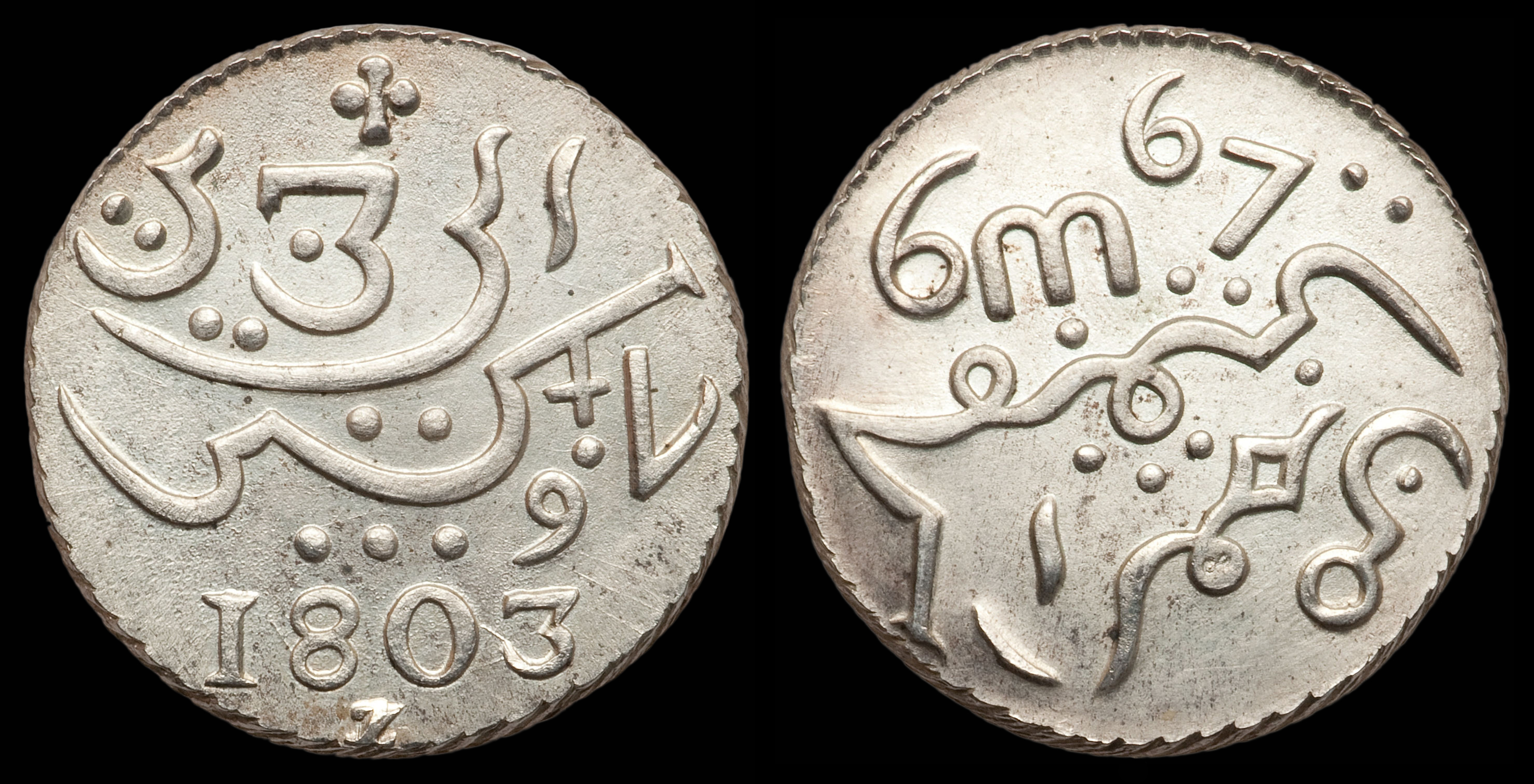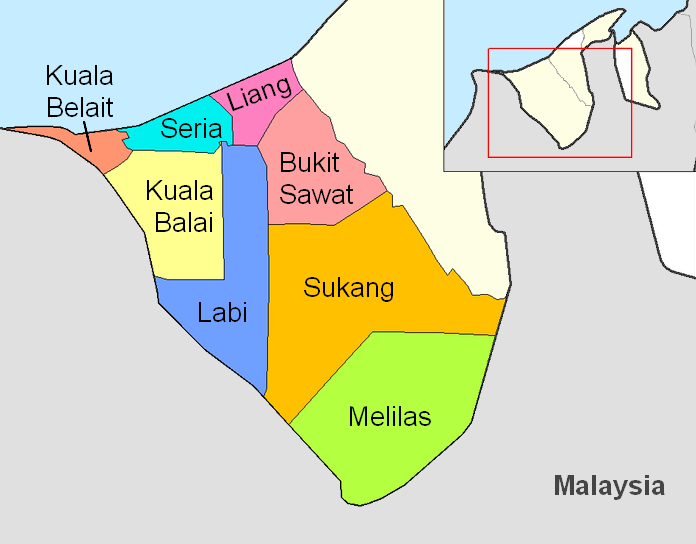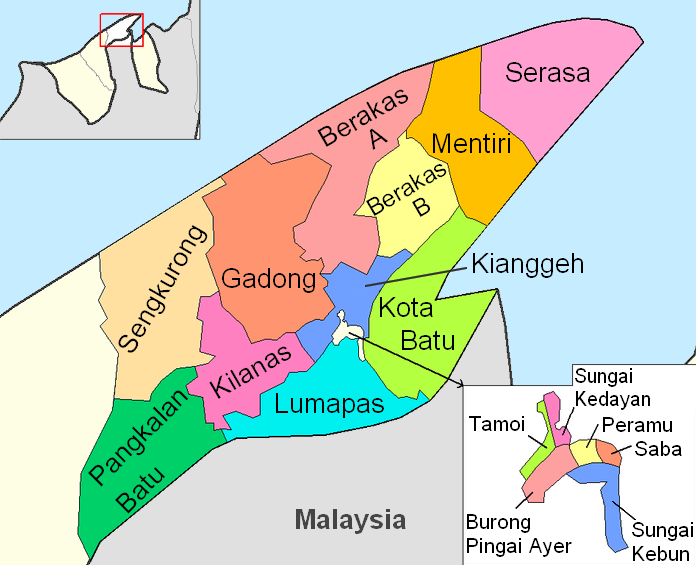|
Plentong
Plentong is a mukim in Johor Bahru District, Johor, Malaysia. History It began as a Kangchu settlement known as Tey Chu Kang in 1859 and then an old Chinese new village that is now a busy town in Johor. Geography Mukim Plentong which covers Permas Jaya, Pasir Gudang etc. is the most populous mukim in Johor and one of the most populous in Malaysia with over 500,000 residents. It covers an area of 202 km2. Plentong village suffered extensive flooding due to a poor water drainage system. The government cooperated with KTM Berhad (Malaysian Train Service Company) to rebuild the KTM Plentong Bridge in order to facilitate the flow of Sungai Plentong during rainy season. The whole project cost about 50 million and as of July 2009, the train bridge is in the early stage of construction. Tourist attractions Plentong is the headquarters of the Malacca-Johor archdiocese, known as Majodi centre and also has a Catholic Saint Joseph Church. There are several prominent Chinese tem ... [...More Info...] [...Related Items...] OR: [Wikipedia] [Google] [Baidu] |
Pasir Gudang
Pasir Gudang is a city in Johor Bahru District, Johor, Malaysia. The main industries are transportation and logistics, shipbuilding, petrochemicals and other heavy industries, and oil palm storage and distribution, which is located in Johor Port and Tanjung Langsat. History Established in 1918, Pasir Gudang, which was formerly known as Kampung Pasir Udang, was founded by Long Abu who is believed to have originated from Riau, Indonesia. Four more villages were established by the expanded population of about 83 families. *Kampung Pasir Gudang Baru. (known as Kampung Pasir Gudang Lama located at TNB Sultan Iskandar Power Station) *Kampung Sungai Perembi. (currently the Pasir Gudang Police Station) *Kampung Ulu (currently MSE dockyard) *Kampung Tengah (currently the Tenaga Nasional area) *Kampung Hilir. In 1920, 4 more villages were established : *Kampung Air Biru (now the port). *Kampung Pasir Merah (now the port). * Kampung Pasir Puteh, which is still in existence today. *K ... [...More Info...] [...Related Items...] OR: [Wikipedia] [Google] [Baidu] |
Permas Jaya Bridge
Permas Jaya Bridge or Jambatan Permas Jaya (Jawi: جمبتن ڤرمس جاي) is a river bridge in arch shape in Plentong, Johor Bahru District, Johor, Malaysia. The bridge crosses Tebrau River and Plentong River. The bridge is built to shorten the travel distance between Bandar Baru Permas Jaya to Johor bahru city area from 18 km (estimated) to 6 km (estimated). The bridge was once the longest Arch bridge in Southeast Asia in 1994, which is about 1.5 km long. History The construction of the bridge was proposed when Bandar Baru Permas Jaya, a new neighborhood town was first launched by the property company Bandar Raya Developments Berhad (BRDB) in 1984, however, the bridge was only completed in 1994. The new second Permas Jaya Bridge The construction of the new second Permas Jaya Bridge was proposed in 2006 under the Iskandar Development Region plan. Construction started on February 2008. The bridge was completed and opened to road users on 1 March 2012. See a ... [...More Info...] [...Related Items...] OR: [Wikipedia] [Google] [Baidu] |
Johor Bahru District
The Johor Bahru District is a district located in the southern part of Johor, Malaysia. The heavily suburban/suburbanizing district covers an area of and has a population of 1.71 million. The district capital is Johor Bahru City and the administrative capital is Iskandar Puteri City. The district borders Pontian District on the west, Kota Tinggi District on the east, Kulai District on the north and Straits of Johor to the south. The urban centres are divided into the cities of Johor Bahru, Iskandar Puteri and Pasir Gudang. It is host to many thriving townships such as the Tebrau area, which hosts several shopping malls including a ÆON Mall, Tesco, Toppen Shopping Centre and an IKEA outlet. The district office is located in Johor Bahru. Administrative divisions Johor Bahru District is divided into 7 mukims, which are:。 Cities and Towns There are two towns (''Bandar'') in Johor Bahru District. Demographics Government The district is highly urbanized have b ... [...More Info...] [...Related Items...] OR: [Wikipedia] [Google] [Baidu] |
Johor
Johor (; ), also spelled as Johore, is a state of Malaysia in the south of the Malay Peninsula. Johor has land borders with the Malaysian states of Pahang to the north and Malacca and Negeri Sembilan to the northwest. Johor shares maritime borders with Singapore to the south and Indonesia to both the west and east. Johor Bahru is the capital city and the economic centre of the state, Kota Iskandar is the seat of the state government, and Muar serves as the royal town of the state. The old state capital is Johor Lama. As of 2020, the state's population is 4.01 million, making it the second most populated state in Malaysia. Johor has highly diverse tropical rainforests and an equatorial climate. The state's mountain ranges form part of the Titiwangsa Range, which is part of the larger Tenasserim Range connected to Thailand and Myanmar, with Mount Ophir being the highest point in Johor. While its state capital, Johor Bahru, which is located within Iskandar Malaysia devel ... [...More Info...] [...Related Items...] OR: [Wikipedia] [Google] [Baidu] |
Jawi Alphabet
Jawi (; ace, Jawoë; Kelantan-Pattani: ''Yawi''; ) is a writing system used for writing several languages of Southeast Asia, such as Acehnese, Banjarese, Kerinci, Maguindanaon, Malay, Minangkabau, Tausūg, and Ternate. Jawi is based on the Arabic script, consisting of all of the original 31 Arabic letters, and six additional letters constructed to fit the phonemes native to Malay, and an additional phoneme used in foreign loanwords, but not found in Classical Arabic, which are ''ca'' ( ), ''nga'' ( ), ''pa'' ( ), ''ga'' ( ), ''va'' ( ), and ''nya'' ( ). Jawi was developed from the advent of Islam in the Maritime Southeast Asia, supplanting the earlier Brahmic scripts used during Hindu-Buddhist era. The oldest evidence of Jawi writing can be found on the 14th century Terengganu Inscription Stone, recorded in Classical Malay language that contains a mixture of Malay, Sanskrit and Arabic vocabularies. There are two competing theories on the origin of the Jawi alpha ... [...More Info...] [...Related Items...] OR: [Wikipedia] [Google] [Baidu] |
Chinese Language
Chinese (, especially when referring to written Chinese) is a group of languages spoken natively by the ethnic Han Chinese majority and many minority ethnic groups in Greater China. About 1.3 billion people (or approximately 16% of the world's population) speak a variety of Chinese as their first language. Chinese languages form the Sinitic branch of the Sino-Tibetan languages family. The spoken varieties of Chinese are usually considered by native speakers to be variants of a single language. However, their lack of mutual intelligibility means they are sometimes considered separate languages in a family. Investigation of the historical relationships among the varieties of Chinese is ongoing. Currently, most classifications posit 7 to 13 main regional groups based on phonetic developments from Middle Chinese, of which the most spoken by far is Mandarin (with about 800 million speakers, or 66%), followed by Min (75 million, e.g. Southern Min), Wu (74 million, e ... [...More Info...] [...Related Items...] OR: [Wikipedia] [Google] [Baidu] |
Tamil Language
Tamil (; ' , ) is a Dravidian language natively spoken by the Tamil people of South Asia. Tamil is an official language of the Indian state of Tamil Nadu, the sovereign nations of Sri Lanka and Singapore, and the Indian territory of Puducherry (union territory), Puducherry. Tamil is also spoken by significant minorities in the four other South Indian states of Kerala, Karnataka, Andhra Pradesh and Telangana, and the Union Territory of the Andaman and Nicobar Islands. It is also spoken by the Tamil diaspora found in many countries, including Malaysian Tamil, Malaysia, Myanmar Tamils, Myanmar, Tamil South Africans, South Africa, British Tamils, United Kingdom, Tamil Americans, United States, Tamil Canadians, Canada, Tamil Australians, Australia and Tamil Mauritians, Mauritius. Tamil is also natively spoken by Sri Lankan Moors. One of 22 scheduled languages in the Constitution of India, Tamil was the first to be classified as a Languages of India, classical language of India ... [...More Info...] [...Related Items...] OR: [Wikipedia] [Google] [Baidu] |
ISO 15919
ISO 15919 (Transliteration of Devanagari and related Indic scripts into Latin characters) is one of a series of international standards for romanization by the International Organization for Standardization. It was published in 2001 and uses diacritics to map the much larger set of consonants and vowels in Brahmic and Nastaliq scripts to the Latin script. Overview Relation to other systems ISO 15919 is an international standard on the romanization of many Brahmic scripts, which was agreed upon in 2001 by a network of the national standards institutes of 157 countries. However, the Hunterian transliteration system is the "national system of romanization in India" and a United Nations expert group noted about ISO 15919 that "there is no evidence of the use of the system either in India or in international cartographic products." Another standard, United Nations Romanization Systems for Geographical Names (UNRSGN), was developed by the United Nations Group of Experts on ... [...More Info...] [...Related Items...] OR: [Wikipedia] [Google] [Baidu] |
Mukim
A mukim is a type of administrative division used in Brunei, Indonesia, Malaysia and Singapore. The word ''mukim'' is a loanword in English. However, it was also originally a loanword in Malay from the Arabic word: (meaning ''resident''). The closest English translation for mukim is township. Usage Brunei In Brunei, a mukim is the immediate subdivision of a district (). The equivalent English word for 'mukim' is 'township'. There are 38 mukims in Brunei. Each mukim is an administrative area made up of several ( Malay for "village"). A mukim is headed by a (Malay for "headman"), which is an elected office. The number of mukims in each of the districts in Brunei is as follows: The smallest mukim by area is Mukim Saba in the Brunei-Muara District. The largest mukim by area is Mukim Sukang in the Belait District. The last change in the mukim boundaries was in the late 1990s when Mukim Kumbang Pasang was merged into Mukim Kianggeh and Mukim Berakas was divided into ... [...More Info...] [...Related Items...] OR: [Wikipedia] [Google] [Baidu] |
Malaysia
Malaysia ( ; ) is a country in Southeast Asia. The federation, federal constitutional monarchy consists of States and federal territories of Malaysia, thirteen states and three federal territories, separated by the South China Sea into two regions: Peninsular Malaysia and Borneo's East Malaysia. Peninsular Malaysia shares a land and maritime Malaysia–Thailand border, border with Thailand and Maritime boundary, maritime borders with Singapore, Vietnam, and Indonesia. East Malaysia shares land and maritime borders with Brunei and Indonesia, and a maritime border with the Philippines and Vietnam. Kuala Lumpur is the national capital, the country's largest city, and the seat of the Parliament of Malaysia, legislative branch of the Government of Malaysia, federal government. The nearby Planned community#Planned capitals, planned capital of Putrajaya is the administrative capital, which represents the seat of both the Government of Malaysia#Executive, executive branch (the Cabine ... [...More Info...] [...Related Items...] OR: [Wikipedia] [Google] [Baidu] |
Mukim
A mukim is a type of administrative division used in Brunei, Indonesia, Malaysia and Singapore. The word ''mukim'' is a loanword in English. However, it was also originally a loanword in Malay from the Arabic word: (meaning ''resident''). The closest English translation for mukim is township. Usage Brunei In Brunei, a mukim is the immediate subdivision of a district (). The equivalent English word for 'mukim' is 'township'. There are 38 mukims in Brunei. Each mukim is an administrative area made up of several ( Malay for "village"). A mukim is headed by a (Malay for "headman"), which is an elected office. The number of mukims in each of the districts in Brunei is as follows: The smallest mukim by area is Mukim Saba in the Brunei-Muara District. The largest mukim by area is Mukim Sukang in the Belait District. The last change in the mukim boundaries was in the late 1990s when Mukim Kumbang Pasang was merged into Mukim Kianggeh and Mukim Berakas was divided into ... [...More Info...] [...Related Items...] OR: [Wikipedia] [Google] [Baidu] |
.jpg)




